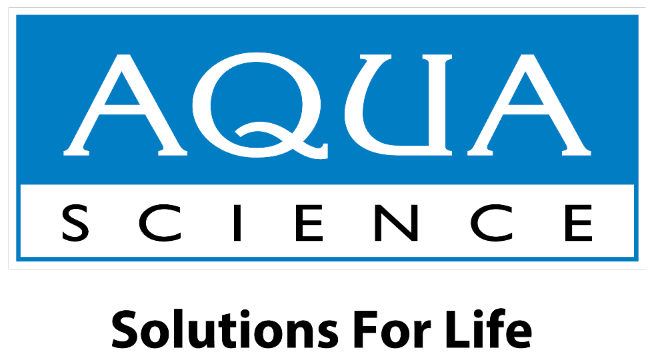Schedule Service:
We Look Forward To Seeing You!
Please use the form below to list the property for where you would like to schedule service. If this is an urgent matter please contact Customer Support at 480-454-3701, Monday-Friday 8:00am – 5:00pm.
By submitting this form and signing up for texts, you agree to receive informational messages (appointment reminders, account notifications, etc.) from Aqua Science at the number provided. Msg & data rates may apply. Msg frequency varies. Unsubscribe at any time by replying STOP and no further messages will be sent. Reply HELP for help or email us at support@aquascienceaz.com
